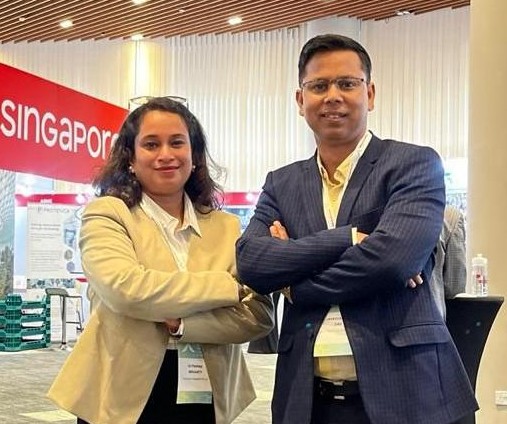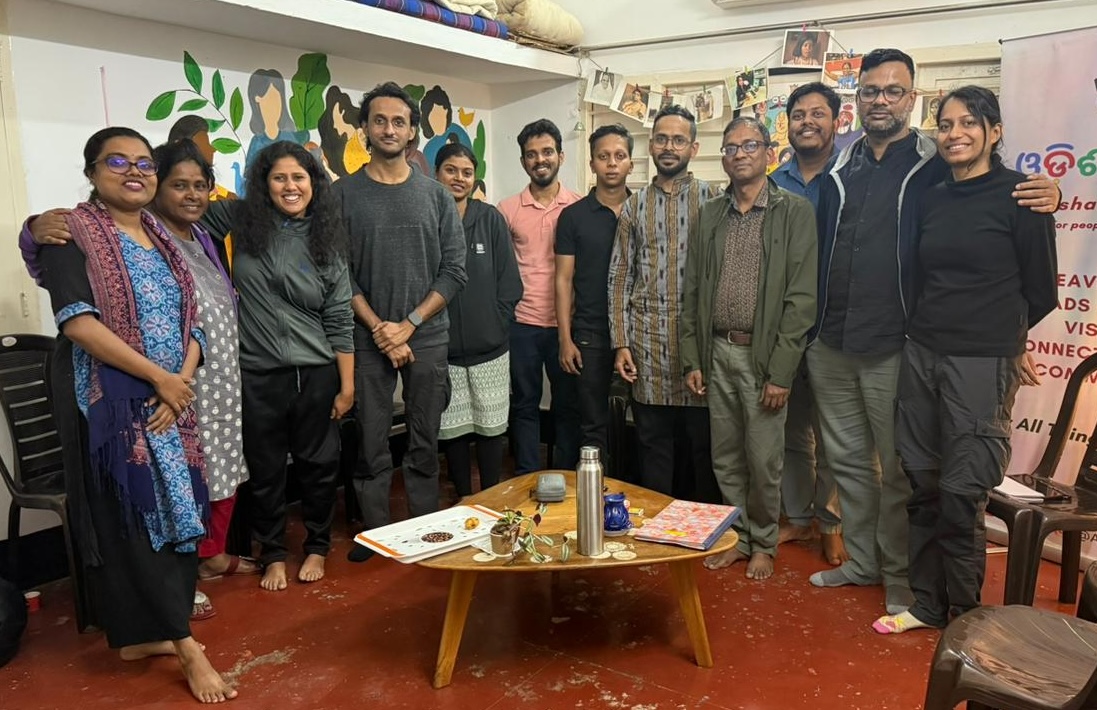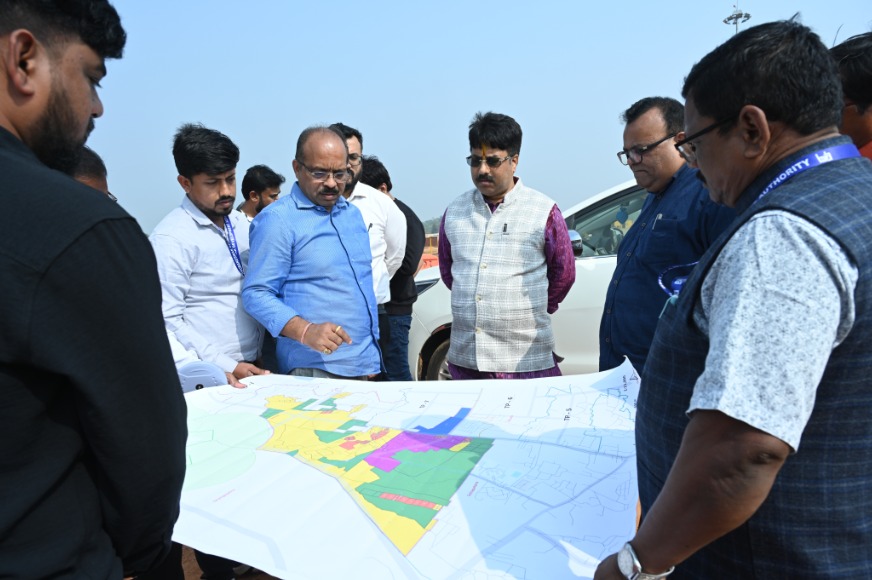New Delhi: The Department of School Education & Literacy, Ministry of Education, has announced the launch of the Samagra Shiksha Scheme, an overarching program aimed at enhancing the education of Children with Special Needs (CwSN) from pre-school to class XII. This initiative is part of a broader effort to ensure inclusive education and equal opportunities for all students.
The scheme, designed to cater to CwSN with one or more disabilities as outlined in the Rights of Persons with Disabilities (RPwD) Act, 2016, includes a dedicated component for Inclusive Education. This component provides targeted support through various student-oriented interventions such as identification and assessment camps, provision of aids, appliances, assistive devices, transportation, scribe and escort allowance support, Braille books, large print books, stipends for girls with special needs, and specialized teaching-learning materials.
In addition to these interventions, individualized support is offered through therapeutic interventions at the block level, ensuring that the unique educational requirements of CwSN are met in general schools. The scheme also emphasizes the creation of accessible infrastructure, including ramps, ramps with handrails, and differently-abled friendly toilets, to facilitate barrier-free access in schools.
On January 10th, 2024, the Government notified the Accessibility Code for Educational Institutions, which was later included in the RPwD Act Rules on June 20th, 2024. This code addresses both physical and information & communication barriers, offering cost-effective solutions for existing buildings and setting standards for new constructions to comply with national accessibility requirements.
In a significant step towards inclusive education, the Government has amended the Schedule to the Right to Free and Compulsory Education (RTE) Act, 2009, establishing a Pupil Teacher Ratio (PTR) of 10:1 for Special Education Teachers at the primary level and 15:1 at the upper primary level in general schools.
Furthermore, several exemptions and concessions have been introduced for CwSN, including the provision of scribes and compensatory time, flexibility in subject selection, and alternative questions or separate question papers. Accessible digital teaching materials, such as talking books in DAISY/e-Pub format for students with blindness and low vision, have also been made available.
The National Institute of Open Schooling (NIOS) has introduced Indian Sign Language (ISL) as a language subject at the secondary level, with study materials developed in ISL format. A weekly one-hour live telecast in ISL on PM e-Vidya TV Channel aims to raise awareness about ISL across the country.
The National Council of Educational Research and Training (NCERT) is conducting a live interaction series titled “Teaching Learning Interventions for Inclusive Classrooms,” which promotes inclusive pedagogy practices. These sessions include ISL interpreters and focus on specific classes, subjects, and chapters from textbooks.
NCERT has also converted textbooks into ISL for classes I to VII and developed glossary words in various subjects, which are disseminated through the DIKSHA portal and PM eVidya DTH TV Channels. Additionally, a 10,500-word ISL dictionary has been uploaded on DIKSHA in collaboration with the Indian Sign Language Research and Training Centre (ISLRTC).
To enhance the identification of CwSN, the Government has introduced the Prashast App for early screening and identification of CwSN in regular schools. Teacher capacity-building programs are being conducted under NISHTHA in a hybrid mode to equip general teachers with the skills needed to address the learning needs of CwSN.
The details of these initiatives were shared by the Minister of State for Education, Shri Jayant Chaudhary, in a written reply in the Lok Sabha today.





